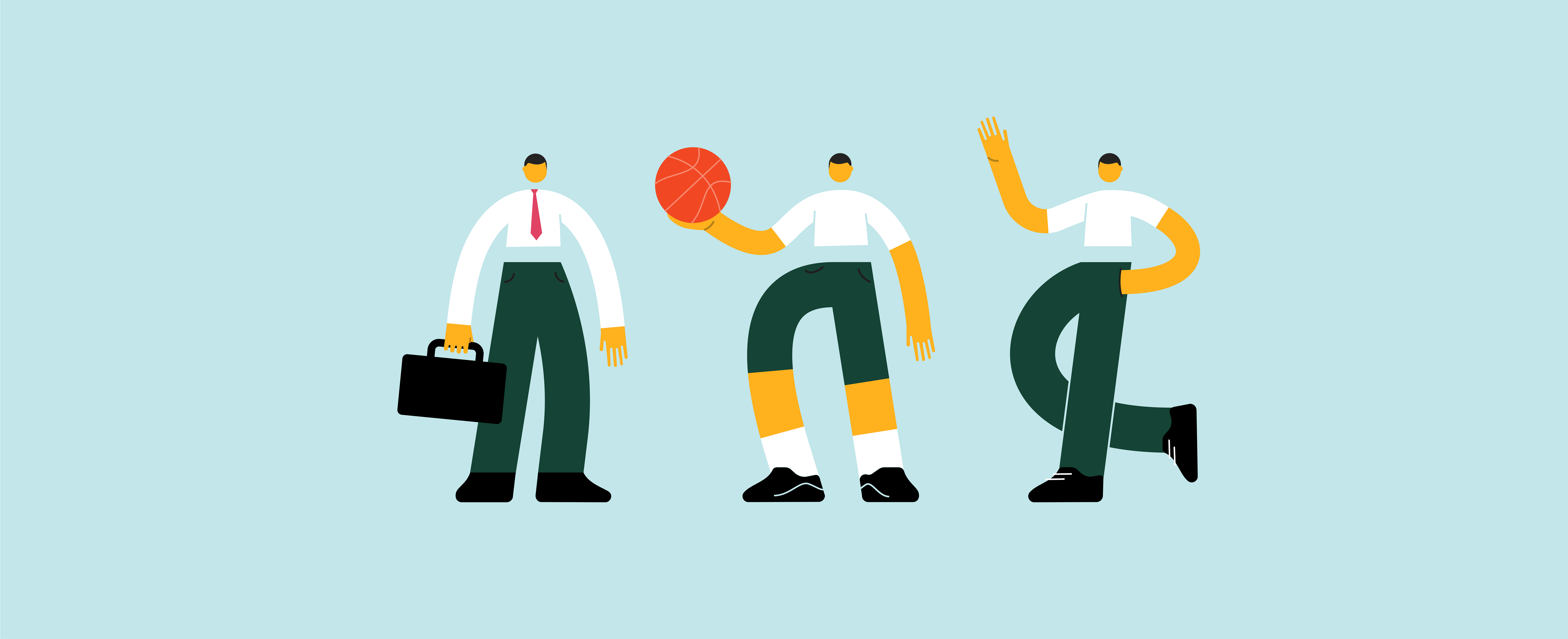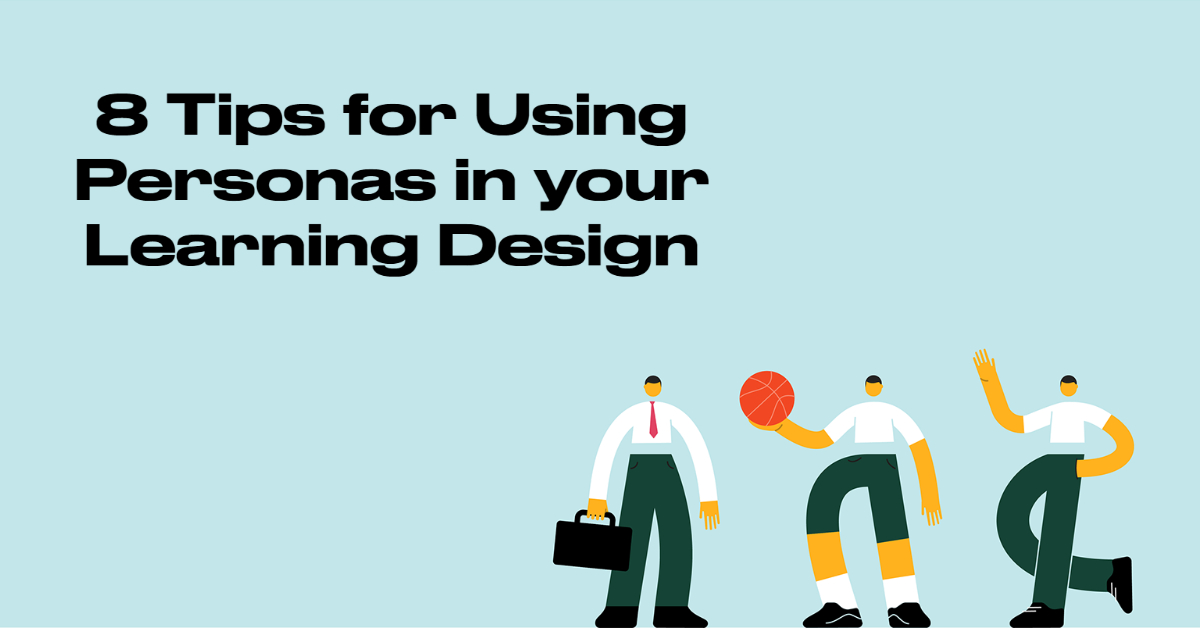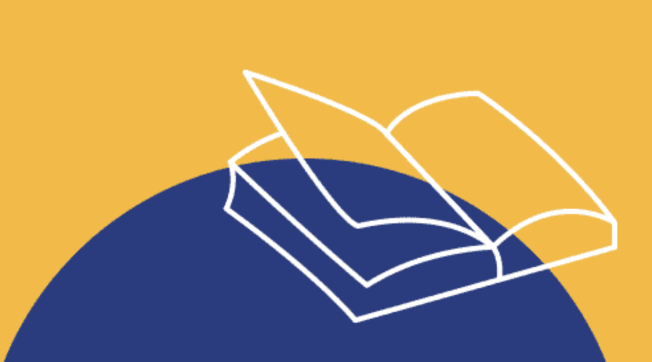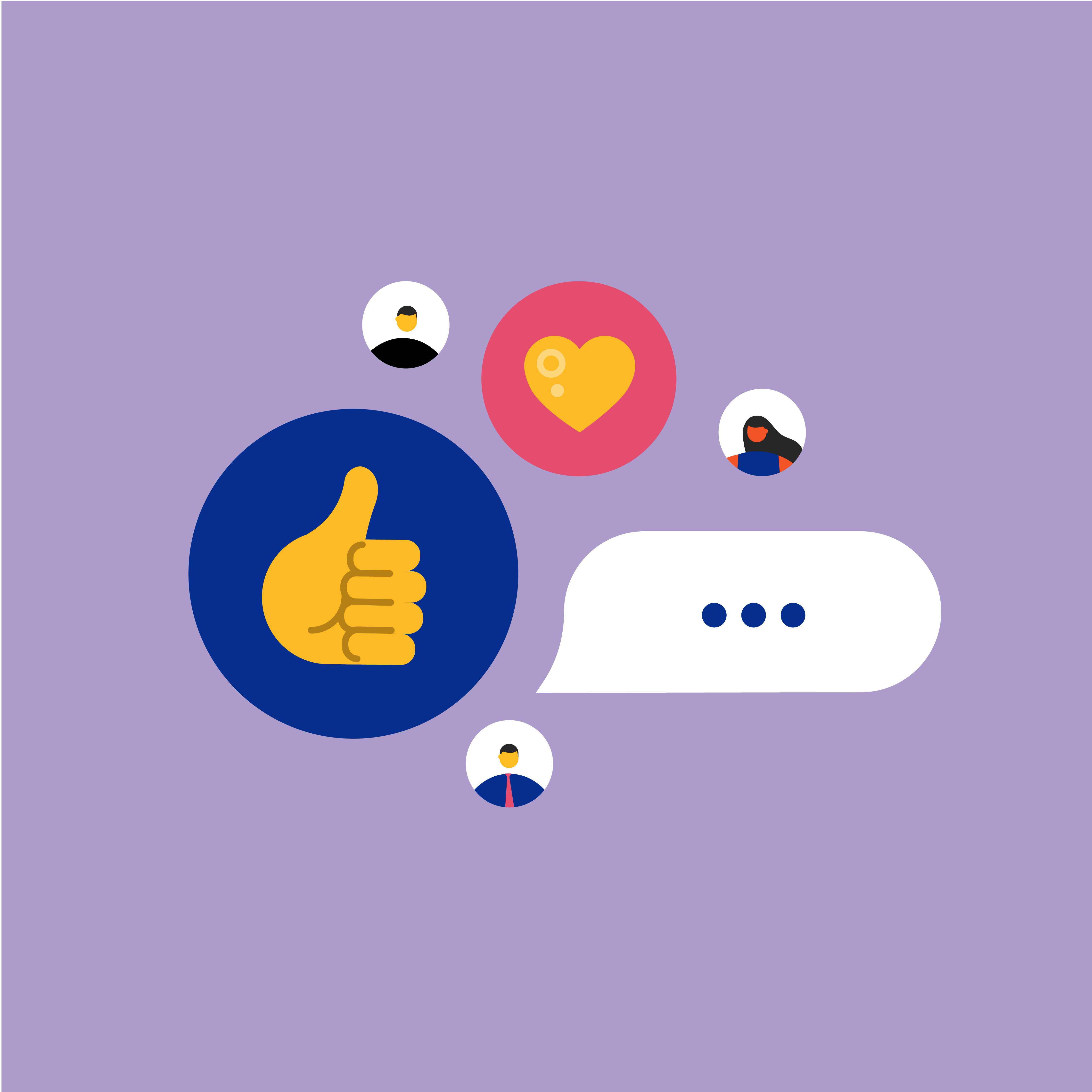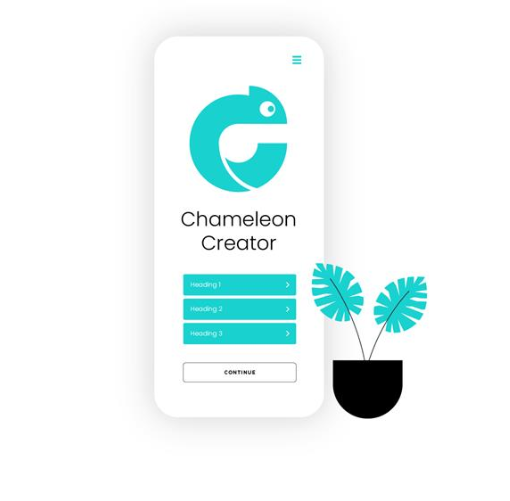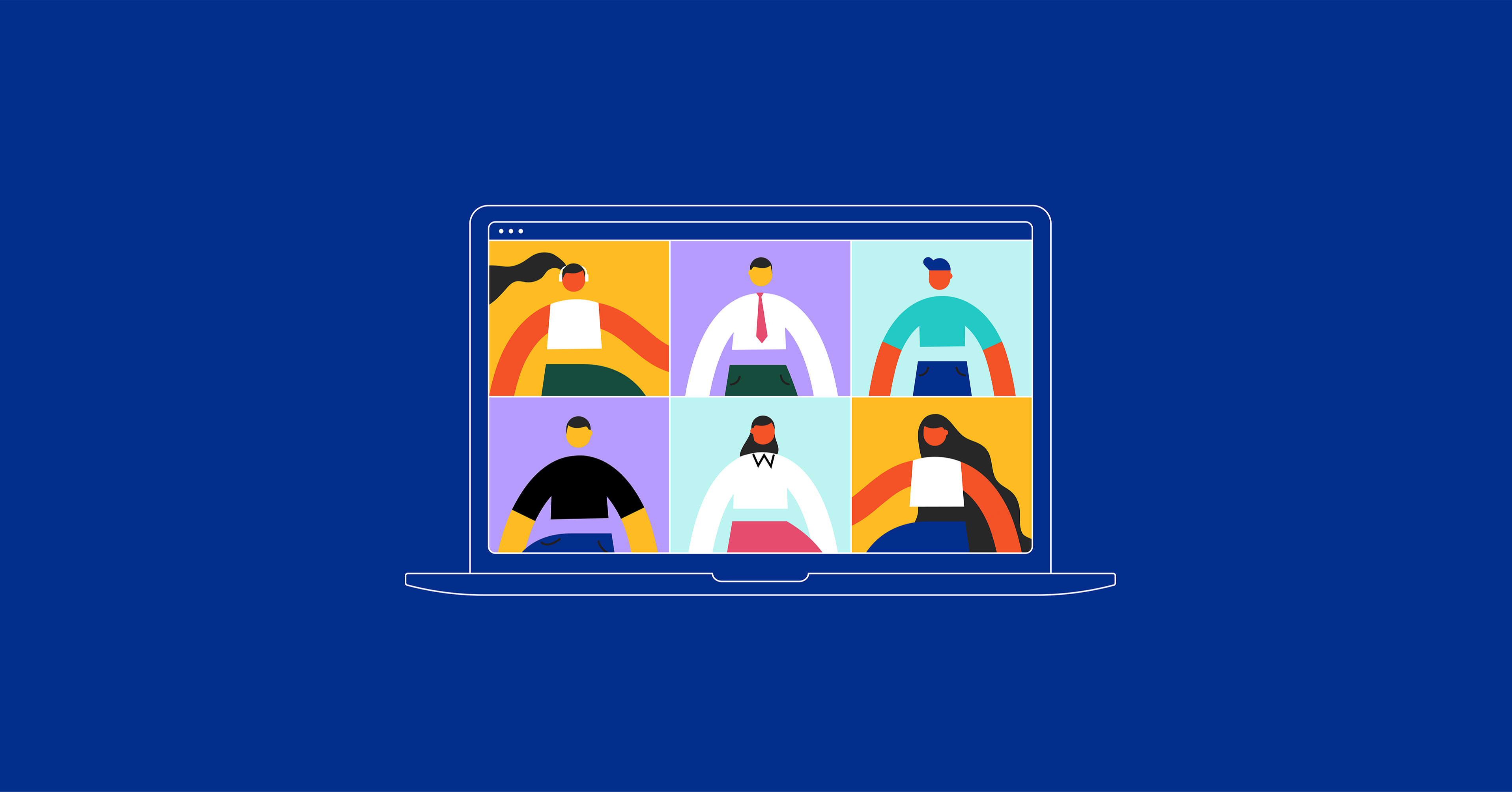Capability development for a diverse workforce using personas
Dan Tohill interviews Peter Keegan. At the time of recording Peter was the Capability Development Manager for the Department of Conservation (DOC). Peter shares some of the work he's done around personas for the learning and development of DOC's diverse workforce.
Listen to the interview here:
Or read some of the interview highlights here:
How have you been going through the process of using personas in your learning design?
It's been interesting because we have quite a diverse workforce. We're over two and a half thousand people (at the Department of Conservation), and when people think of conservation, they think of the park ranger, or the DOC ranger.
What's been really eye-opening for me, since joining DOC is the breadth and scope of the work the Department actually does. Across our natural assets, our heritage, our visitor assets plus providing advice and concessionaires. And it's been quite interesting as well looking at the COVID topic; the impact it's had on tourism and the fact that people come to New Zealand to see our natural assets and to walk our tracks and to see our lakes and rivers. So it's been quite challenging where we have people who are there to tell stories.
Can you offer us any insights into how you went about discovering who your people are?
We've been running empathy-based workshops to develop the personas and we've been creating a safe space for our people to come and share the things they love about their job. But also sharing the things that frustrate them and what motivates them, what are the opportunities they see and what are the barriers they face. Because in that regard, when you meet the people and you hear what frustrates them, or that they haven't had access to something, in other cases, it's one of those brain-scratching problems where you actually need to think a little bit differently. I think one of the things too, in the field of learning, is a lot of our rangers only come into the office to do their time sheets. They don't have laptops, they don't have anything like that. And when there's a sudden move to digital learning or online learning, it creates a real challenge, on how you get people on the journey to learn and to do things differently.
By creating these personas and putting names and faces to them, it made us think differently, about the solutions that we're proposing and the ways that we're going about the work.
It's the same when thinking about diversity and how do we be inclusive in our work? How do we take an inclusive approach so that we are using more te reo Māori within our work and that we are taking more of a multiculturalism approach and creating that buy-in. Because ultimately it's the same with the shows that you watch on TV, or on Netflix or Prime or whatever subscription services you have. You connect with the content that makes connection with you inside. And if you drive out compliance-based learning in an e-learning format, you read, you click and you learn how to properly code your invoices but it doesn't stick unless you're telling it through a story mechanism where you've connected intrinsically to that person.
You mentioned you're working with iwi (Māori tribes) as well. And is that part of the discovery that you're doing with your people?
It's been really interesting to see some of the barriers that our people perceive are there, around how they can engage with Māori people. DOC is a really interesting organisation because we have what's called our 'section 4 obligation'. So it's in our legislation that we have to work with iwi and hapū to achieve conservation outcomes in partnership with them. And that's about us living the principles of the Treaty of Waitangi. Some of our people want to work more in this space, but they don't know how to, and they don't know who to reach out to to create that connection or to guide them in that process. It's one of those things of actually realising there's some quick wins in there, but mostly there are some meatier issues that need to be unpicked around the culture and the approach and the paradigm we're working in.
I think there's something really nice to that as well around, you know, sometimes to learn we have to show vulnerability and acknowledge that we're moving into a space that we're not comfortable with. And I think for me, particularly, I'm an immigrant to New Zealand, and I stumble over my 'a,e,i,o,u's'. You have to try; I've got an excuse, but you have to try. And I think that's one of the aspects about creating that culture, that it's good to put yourself out there and to try and learn.
You won an award recently for your Restarting Safely programme, tell us about that.
Restarting Safely was a learning program that we created during lockdown for our people. The reason it was built in the first place was that working from home was great for people who could, but for some of our workforce, their job is to build huts or walking tracks and to tell the stories of the area to the visitors and they can't do that. We knew there was a real risk in the eagerness to get back to work that some of our risks and in particular, some of our critical risks would be overlooked.
So we built Restarting Safely, to create some leader-led conversations around health and safety at places we restarted work following lockdown. At DOC in particular, we have staff who undertake some real critical risk work. We have staff who fly in helicopters, travel in boats, staff who scuba dive, and staff who work in some precarious environments, for example, lone workers using chainsaws. So we didn't want to have people start back at work and hurt themselves or cause a potential fatality.
Why did you think it would be more risky than what they were doing say nine or six months prior?
When you're passionate about something, and our staff are very passionate about their work, sometimes in the eagerness to get out there, something is so familiar to you in getting back to it, you can overlook something. For example, when people get in their car and start to drive off, they have to put their seatbelt on but they start putting it on as they're going. That's taking a risk that isn't really acceptable.
We just wanted to make sure that our people were cognisant of the risks, because ultimately it's good health and safety. You often hear about cultures where it's about zero incidents. What we're trying to create in DOC is that good health and safety practices, and risk management, are not about the absence of incidents they're about the presence of defenses.
So, when you're using a chainsaw, what are the defenses that you need to put in place to make sure that you operate effectively? Or when you're driving a boat? What are the risks that you could face in that situation and therefore, what are the controls that you need to put in place to mitigate those? It was a really great learning project to work on because what we wanted to do was to start at the beginning and tell the story of what organisational and leadership behaviours we want to see in this space. How do we tell that story before we get into the conversation about it?
It was later that we created facilitator guides on top of motion graphic videos. So the motion graphic videos told a story. And then the conversation guides enabled managers to have a conversation with their people about their context and their working environment. Not all of our staff are flying helicopters, so you don't want to have that conversation when it's not applicable.
Why do you think you won the award? How did you provide evidence that the programme worked?
I think we won because it was quite an innovative way of going about creating the right behaviours. And in a really short time frame we also did some return on investment analysis to find out what we were seeing? Because we have that aspect of a presence of defense we encourage people to put every incident into our risk management system. So we were able to see in the days, weeks and months following our return to work, whether there had been an increase in incident reporting, whether they were lower risk, whether controls were being followed, which was really good. So that was the approach.
In the learning sphere years ago, I heard a really great phrase that I use all the time, which is: "To calculate return on investment, you need to hire a statistician to work it out, but then you've lost your return on investment because you've hired a statistician."
I think there's some really clear, measurable ways that you can identify whether your learning solutions are having the desired effect. I think it's really important that when you start the process, you identify a learning need and you start to look at the underlying behaviours and what it needs to look like. We need to think about how we're going to monitor whether it's been successful and whether or not we're achieving the right and desired behaviour.
When you do return on investment and you're trying to figure out the behavioural shift, it shows that the learning is more than a compliance activity. I've seen it in nearly all of the places I've worked in the last 10 years that training is sometimes a reaction to a problem. Someone can't do something, or something comes up in an audit, therefore we'll do training to fix it. When actually there's more to it. It's around, things like for example - if there was motivation to do the task correctly, would it have been done correctly? Is it a performance issue? Or is it a learning issue?
I think at the end of the day training is about bringing someone to a standard where they can deliver or achieve a task. Whereas learning is about creating capabilities so that people can flex and grow and be, and go from learner to mastery level. I think that's a challenge for the L&D industry. In general it is around how do we move away from compliance, tick-based learning when actually the behavioral shift we're trying to create is something bigger and more meaningful.
What do you see the near future might hold either for your team or for the L&D industry in general?
I think there's industry context and there's organisational context. And I think from my organisational context, it's about actually defining what are the knowledge, skills, and behaviors that people need to do the work today. Because if we want to look to the future and what the future of work looks like, we need to know what the skill sets are and how many we have in certain areas, you know? So it's about understanding what those shifts might need to be.
And at the same time, there's the fact that the future is uncertain. And when you look at the ever-decreasing half-life of skills, with the advancement of technology, it's really hard to understand. We can postulate and think about what the future could look like. We know that technology will become more of a feature. You see food being delivered by drones, which means that you don't need drivers and you need technicians and you need online operators. Recently in DOC we had one of our directors telling me we had a sperm sample from kakapo flown from Rakiura over to Invercargill as a way of getting the sample there quickly. That's a huge use of technology, and some people in our field talk about the need to start putting coding skills into the curriculum and empathy-based learning and about building relationships and cultural capability.
I think that when I look at the future of work or the future for L&D, it's about how we build empathy and curiosity into our work and how do we build cultural capability. Because you can. You can have technical standards to a set standard trained everywhere, but actually, if we can't talk to each other, if we don't have the soft skills, that then becomes a challenge. And the other aspect that will be quite challenging in the medium to long term, is around how do we work together as a more distributed workforce? COVID really challenged us in that space, around having the right tools to connect and engage, but also how do we work together? How do we collaborate? I know during lockdown I did some of the best work I've done in my career, because I had no distractions and I couldn't distract other people.
But at the same time, I know that some people weren't able to work in that way and they found it quite difficult. So how do we create learning environments where we can make meaningful connections with each other?
How can people acquire knowledge more effectively and efficiently and not forget it, versus how can we have them increase their capability in a more effective and efficient way?
It comes back to that aspect, you know; it's about the right people demonstrating the right skills in the right way at the right time. And in my work, I shortened it to just, what are the knowledge, skills and behaviours and how do we it growing, to broaden that capability as opposed to having a standard set competency.
Then coming to empathy, which is something we're hearing a lot more about, and we're probably seeing a bit more, at least here in New Zealand. I think that there is an intuitive component to it, but I think it's also a behaviour that can be developed in someone. It's just through simple questioning. We all have mental models and we all have unconscious biases that may skew or influence our thinking. But sometimes it's about asking ourselves or asking other people the right questions, in order to help us build our empathy so that we create a behaviour within ourselves. That's something that we do. It's as simple as putting yourself in someone else's shoes and asking how would this affect someone?
When I go back to the work that we've been doing around developing our workforce personas, that's essentially what we're hoping to do. So when people pick up the personas in the future, if they're making a business change, or they want to do a program rollout of some sort or find a way to engage, they can pick up a persona and say, okay, well, how will this affect a ranger who works in Fiordland? How will this change make this economist who works in our Invercargill office feel? It's a simple question of, if I put myself in someone else's shoes, how will this change impact them? How will this learning impact them?
Is there any parting gift of your knowledge that you want to give to everyone?
I think what I would share is what I've been talking to a lot of the people I work with about, what's been framing my thinking, which is the art of deliberateness. How do we move away from reaction work and make learning that creates meaningful analysis?
We can react to the learning challenges. We can react to that business need with training, but actually, how do we create a deliberate and meaningful movement forward so that we create the change that we want to see. And therefore our people are behaving in the right way at the right time, in the right place.
Connect with Peter Keegan:
https://www.linkedin.com/in/peterandrewkeegan/
What to read next:
8 Tips for Using Personas in your Learning Design
About the author
Dan Tohill's journey as a learning specialist steeped in business psychology spans an impressive three decades. His unique blend of academic rigor and practical innovation has left an indelible mark on the learning landscape in New Zealand, Australia, and Asia. In 2001, Dan recognized an opportunity to redefine how organizations approached learning, leading him to establish Inspire Group. Over the years, Inspire has emerged as the go-to provider for learning solutions in New Zealand and Australia, celebrated for its innovation and recognized as one of New Zealand's top workplaces. Beyond founding Inspire, Dan remains at the helm, steering the company's expansion into new markets and products. His commitment extends beyond the boardroom, staying actively engaged with Inspire's clientele and contributing valuable thought leadership to the professional community through speaking engagements and coaching practitioners. Dan Tohill's journey is a testament to the transformative power of melding academic insight with practical solutions, shaping not just a company but an ethos of learning excellence that resonates across borders.
